Rebaked Morsel: Pediatric Buckle and Greenstick Forearm Fractures
Pediatric EM Morsels
APRIL 19, 2024
Yes, we’re talking about your clavicular , proximal humeral, supracondylar, lateral condylar , scaphoid and metacarpal fractures. Today, we want to focus on a couple of our good friends, buckle and greenstick forearm fractures. Pediatric patients have unique bony anatomy and physiology compared to the skeletally mature.


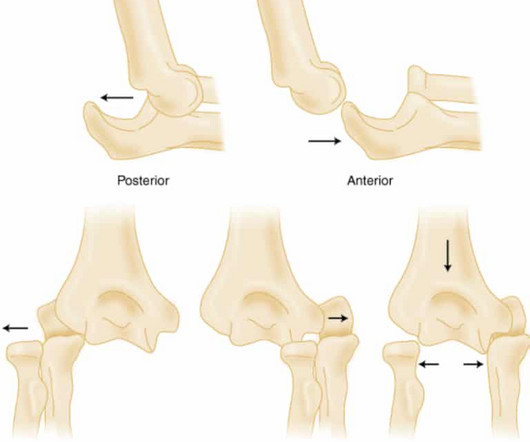
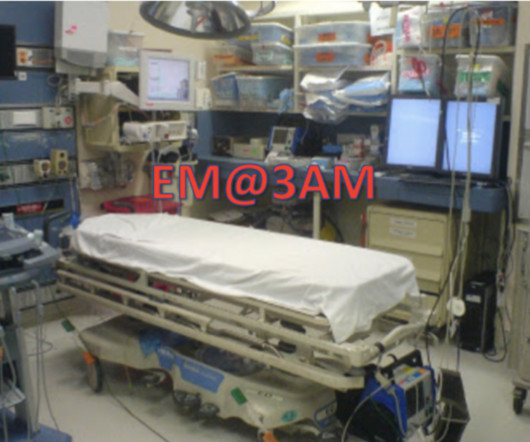







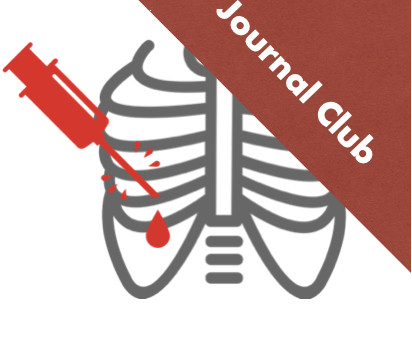












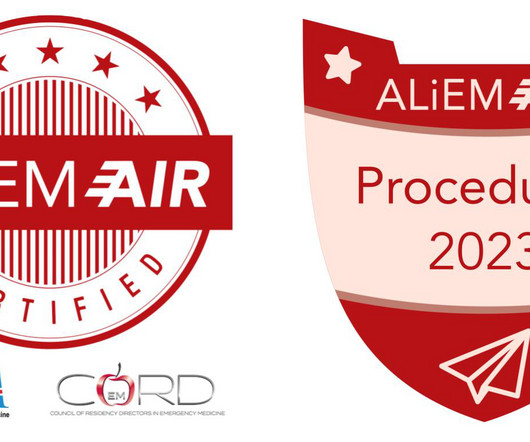






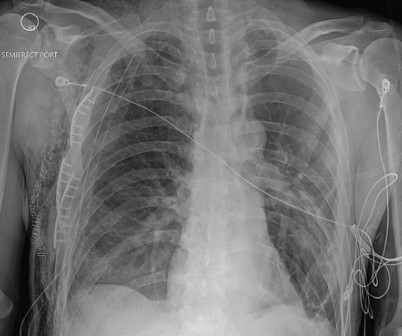










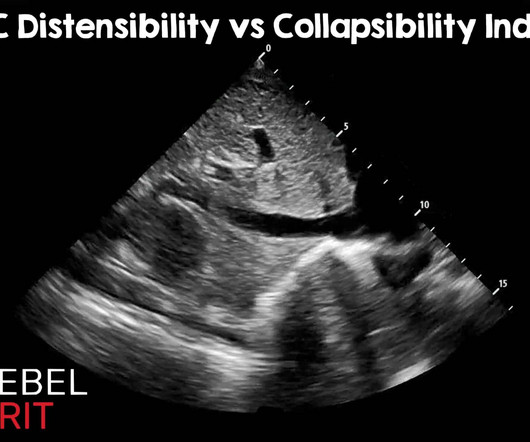








Let's personalize your content